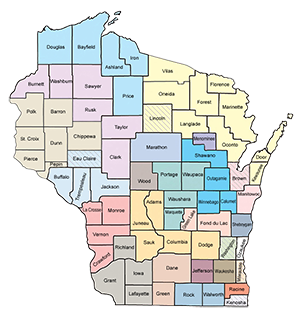Two key reports on the state of federal spending on children’s program were release at the third Children’s Budget Summit, “Perspective on Children as a National Priority.” Together, the reports paint a grim picture for the future of investment in children’s programs.
The first report, Children’s Budget 2011 from First Focus, provides analysis of over 180 federally funded programs aimed at enhancing the well-being of the nation’s children and details how appropriation levels for those programs have changed over the past five years. The report reveals that investments in children as a percent of total federal spending peaked at a five-year high of 9.2% in 2010, but fell to 8.4% in 2011; however, had it not been for temporary funding through the American Recovery and Reinvestment Act (ARRA), spending on children’s programs in 2010 and 2011 would have been significantly lower. Without ARRA funding, the share of spending on children’s programs in 2011 would have declined to 2007 levels while demand for services (like the Children’s Health Insurance Program and Medicaid, child care, food stamps, etc.) have increased during the economic downturn. It is likely that children’s programs currently benefiting from ARRA funds will face a crisis as the temporary funds expire over the next year and Congress considers severe cuts to the federal budget.
The second report released at the Summit, Kids Share 2011: Report on Federal Expenditures on Children Through 2010, was a joint product of the Urban Institute and the Brookings Institution. Kids Share 2011 is the fifth annual examination of the federal spending trends and tax policies that support and affect children and families. This report also shows that federal spending on children’s programs rose temporarily in 2010 thanks to ARRA funds. In 2010, 11% of the federal budget was spent on children, but spending on children’s programs (absent reform of current law)–whether measure in real dollars, as a percentage of the budget, or as a share of the economy–is projected to decline over the next ten years, falling to just 8% by the end of the next decade. Federal debt interest payments are poised to outpace spending on children’s programs by 2014. Additionally, if the dependent exemption and other tax expenditures are considered as spending, the children’s share of the non-defense domestic budget has diminished by 20% since 1960, while spending on the non-child portions of entitlement programs has more than doubled.

